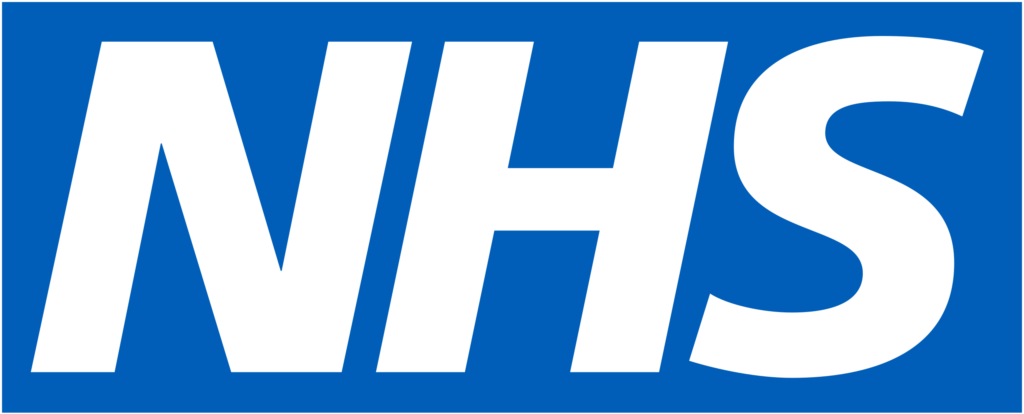Writing is a lonely occupation.
When I finally finish typing and press ‘send’, I often wonder who’ll read it and what they’ll make of it.
Some topics capture your imagination others your indignation.
That’s certainly true of recent days, when I have been highlighting the performance of the NHSE/I Board.
I think it is fair to say, my in-box is divided between a polite ‘who are they’ to an unprintable; ‘ for &*^% sake!’
‘What do they do?’ Comes close to the top of the list of repeatable questions.
Let’s start with ‘who are they’.
It’s not that simple. As the NHS tries to scrape the last whiff of Lansley’s bonkersness from its boots, we are left with two organisations; NHSEngland and NHSImprovement.
The legislation, inching its way through the Westminister Gas-Works, will crunch the two, into one. Until that’s out of the way, they meet ‘in common’, a legal wriggle-round that lets them share some executives, most decisions and fudge the money.
You can see who they are here… except NHSE’s hasn’t listed the change of chairman… maybe not until 1st April.
If you look at the runners and riders and the form book, NHSI is much the stronger Board and more diverse.
I have to say, Andrew Morris NHSI-chair, previously, by a country mile, ran the Service’s best hospital…
… he has a lifetime of service to the NHS under his belt and someone who I know, respect and has an intricate knowledge of health and care…
… astounds me that he is content to preside over no workforce plan, not much of a financial plan, a muddled digital future and no real grip on recovery.
I’d guess it’s probably something he hates as much as me.
Patric Carter, too, hugely competent, knows his stuff and I wonder why he’s content to sit on his hands?
Certainly, he’d have a view on the practicality (if nothing else), of a 30% improvement target with 5% less revenues.
There’s obviously a problem. Well, several.
First, the two Boards only meet bi-monthly. It is impossible for non-execs to get a feel for the rhythm and pace of a multi-billion organisation, with 1.4m people, meeting that infrequently.
A basic error because…
… if something’s not right at meeting number one, it’s two months before the next meeting. Time for it to fester into a bigger problem.
Fermenting or fixing it, by meeting number three, gives you a situation to deal with and before you know it, it’s taken six months or maybe eight, for the Board to be satisfied something is back on track.
There’ll be interim committee meetings, video conferencing but that is not how a Board should be run.
It meets, in public for a purpose and that’s to satisfy the shareholders, the public, its people, the Board are collectively aware and on top of things… something which I really can’t see they could claim, now.
Second, the covid-legacy. Some of the Board members will have been sheltering, others at an age where it was ill advised to circulate. Executives would have been given license, free-reign, whilst…
… Covid emergency powers meant the DH+ and No10 were running everything, between snogging in the office and parties at No10… sidelining the Board and they’ve now lost their collective grip.
And that takes me to the 3rd problem…perhaps, the biggest.
This is a very ‘political’ government. Everything has to be world-beating, world-class all credit reflected back to Downing Street.
No19 is enthraled to BoJo who has an eye on the elections.
That’s why we have ludicrous claims, no responsible Board would make, about Covid being over and stupid promises about waiting lists and gingering-up NHS performance.
No19 talking rubbish about 30% more performance and Sunak talking nonsense about productivity targets.
And, both of them terrified of the cash implications of a workforce plan.
A well disciplined, well-run Board would go to the politicians and talk; what’s realistic, what can be done and what can’t.
Agree a deliverable plan and get on with it.
It’s a job for the Chair. Alas, Morris will probably go, when the dust settles. The Board remains in transition. Some members will know they’re heading for the door and ambition, enthusiasm and track will have drifted…
… whilst the new NHSE chair is figuring out, which way is up.
The up-shot, the Chief Executive is pushed around by everyone and the agenda set by the No10 press office.
If ever there was a time to get the NHSE/I board sorted, it is now.
And, an answer to the question, who runs the NHS?
News and Comment from Roy Lilley
Contact Roy – please use this e-address roy.lilley@nhsmanagers.net
Reproduced at thetrainingnet.com by kind permission of Roy Lilley.








